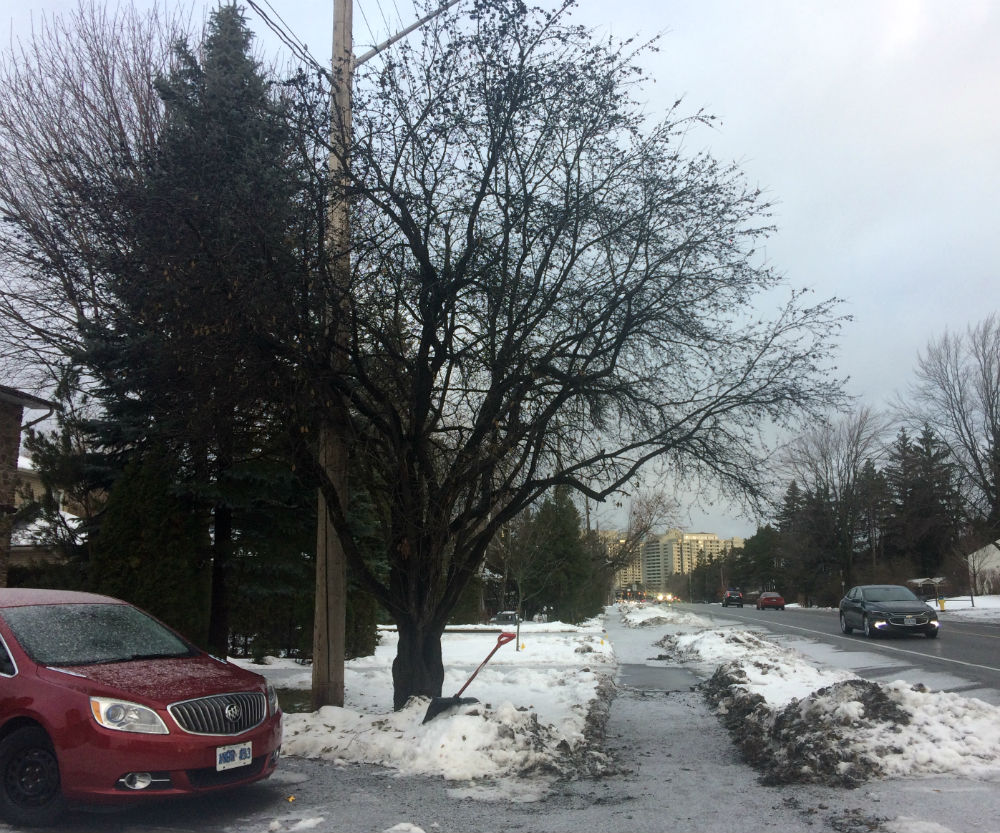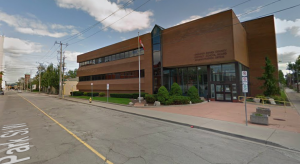The federal Liberal and New Democratic Party (NDP) targeted young voters on Facebook at a higher percentage compared to the Conservatives, according to an analysis of data from the social media platform’s ads library.
Jagmeet Singh, the leader of the Canada’s New Democratic Party (NDP), had the highest percentage of targeted ads for youth Facebook users at 13.5 per cent, followed by Justin Trudeau, the leader of the Liberal party, who had 6.4 per cent. Andrew Sheer, the leader of the Conservative party, had just 5.9 per cent.
The data analyzed covered users from the ages of 18 to 24.
According to Acabus data, people between ages 18 to 38 have the power to swing this year’s elections since they make up 37 per cent of the electorate – citizens eligible to vote.
In the 2015 election, voters from ages 18 to 24, had the lowest voter turnout segment with 57.1 per cent according to Elections Canada’s website. Voters from 25 to 34-years-old were the second lowest with 57.4 per cent.
Samantha Reush, the research and evaluations manager at Apathy is Boring, – a non-partisan, youth-led organization aiming to encourage youth to actively participate in Canada’s democracy, – said the hypothesis of first-time voters not turning up for their first elections – yet participating in their second one – is unlikely.
“If you don’t vote in your first two elections, it is not likely a habit you will pick up eventually,” said Reush.
She said if young people stop voting and voter turnout keeps decreasing, “we are going to end up in a position where we have a small percentage of the population deciding the outcome of the elections on behalf of the country.”
“It could erode out our democracy,” she added.
When talking about the targeted ads towards youth Facebook users, Reush said she was surprised to hear party leaders were targeting youth at such a low percent.
“I’m surprised is that low,” Reush said.
But not everyone shares the same sentiment regarding the low percentage on the infamous social media platform.
Ramona Pringle, director of Transmedia Zone and associate professor at Ryerson University, said she was not surprised to see that party leaders are not targeting youth with Facebook ads.
“Facebook is not a helpful platform for them to reach a younger demographic,” she said. “Facebook has a reputation for attracting older and older users now, maybe that’s why they are doing it.”
However, she added that social media is crucial when it comes to advertisements.
“I think social media is huge in terms of elections,” Pringle said.
Pringle said she believes parties will be targeting different demographics at different points of the elections based on strategy.
“I think the responsibility – and what we hope for in a leader – is someone who is addressing everybody,” she said.
The targeted ads not only varied in percentage but also in content.
Ads by NDP leader, Singh, focused on things such as “Lower Cell Phone Bills,” and adding a Canadian federal minimum wage. Whereas ads by Liberal Party leader, Trudeau, and Conservative leader, Sheer, focused on promoting the party’s plans, and volunteer opportunities with titles such as “210,000 Canadians + You,” and “Better Together” by the Liberals and “Creating Opportunities for Canadians,” by Conservatives.
Laura French, the Administrator Campaign Manager for the Green Party in Ottawa-Centre, said youth are usually overlooked in elections.
“The youth are often ignored and not taken as serious voters and not taken as serious participants in society,” she said. “If the climate strike says anything – that’s just not true. They very much want to be involved and want to be engaged.”
The Green party in the Ottawa-Centre riding has aimed 8.2 per cent of their Facebook ads towards users between the ages of 18 and 24, while parties such as the Conservatives, the NDP and the Liberals have directed less than 6.4 per cent.



